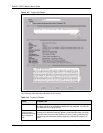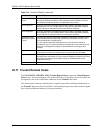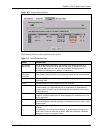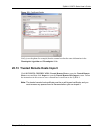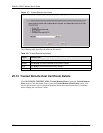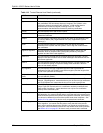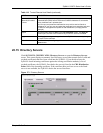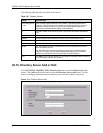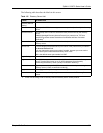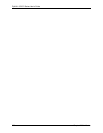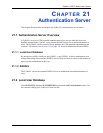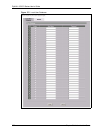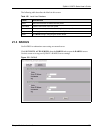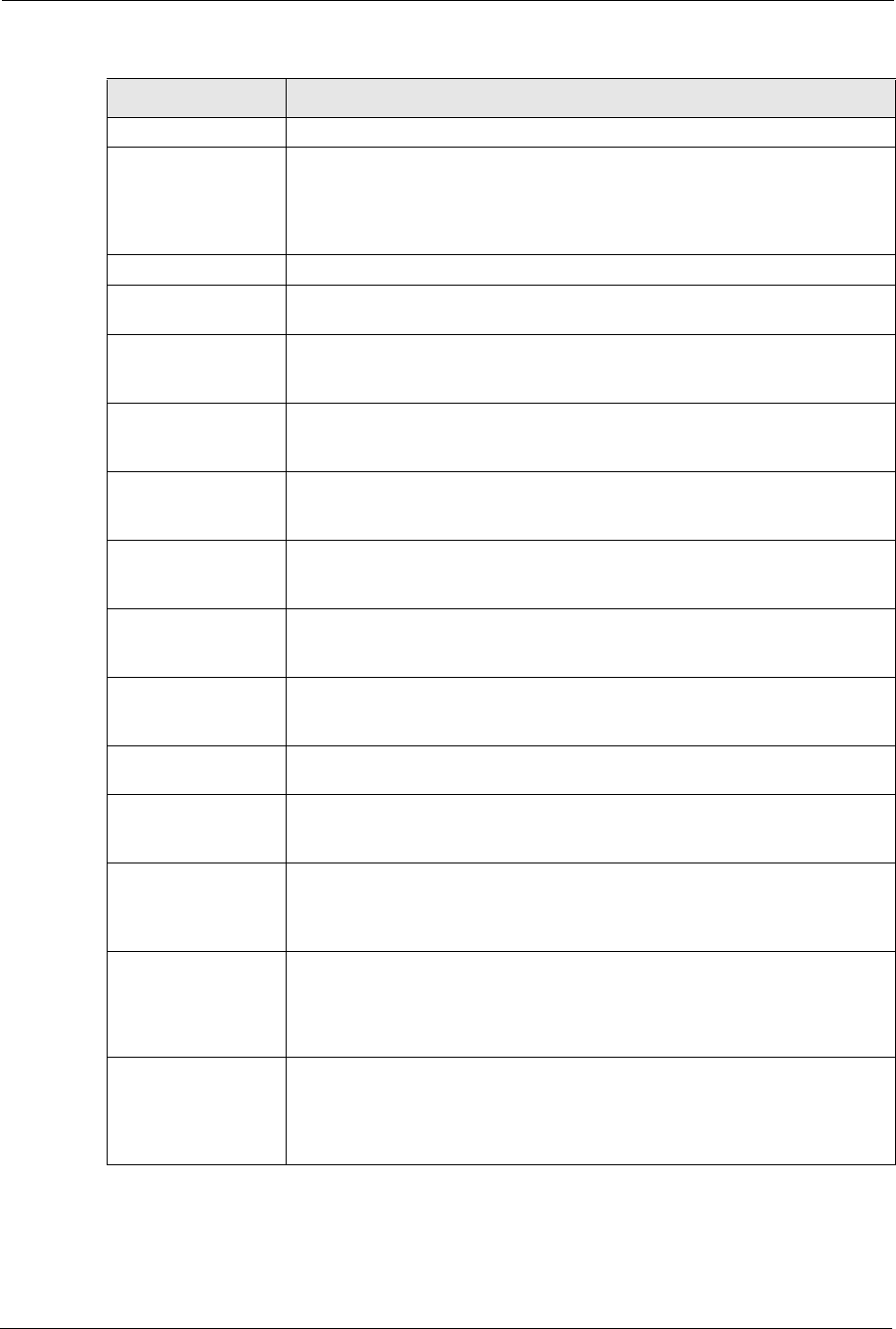
ZyWALL 5/35/70 Series User’s Guide
361 Chapter 20 Certificates
Certificate Information These read-only fields display detailed information about the certificate.
Type This field displays general information about the certificate. With trusted remote
host certificates, this field always displays CA-signed. The ZyWALL is the
Certification Authority that signed the certificate. X.509 means that this
certificate was created and signed according to the ITU-T X.509
recommendation that defines the formats for public-key certificates.
Version This field displays the X.509 version number.
Serial Number This field displays the certificate’s identification number given by the device that
created the certificate.
Subject This field displays information that identifies the owner of the certificate, such
as Common Name (CN), Organizational Unit (OU), Organization (O) and
Country (C).
Issuer This field displays identifying information about the default self-signed
certificate on the ZyWALL that the ZyWALL uses to sign the trusted remote
host certificates.
Signature Algorithm This field displays the type of algorithm that the ZyWALL used to sign the
certificate, which is rsa-pkcs1-sha1 (RSA public-private key encryption
algorithm and the SHA1 hash algorithm).
Valid From This field displays the date that the certificate becomes applicable. The text
displays in red and includes a Not Yet Valid! message if the certificate has not
yet become applicable.
Valid To This field displays the date that the certificate expires. The text displays in red
and includes an Expiring! or Expired! message if the certificate is about to
expire or has already expired.
Key Algorithm This field displays the type of algorithm that was used to generate the
certificate’s key pair (the ZyWALL uses RSA encryption) and the length of the
key set in bits (1024 bits for example).
Subject Alternative
Name
This field displays the certificate’s owner‘s IP address (IP), domain name (DNS)
or e-mail address (EMAIL).
Key Usage This field displays for what functions the certificate’s key can be used. For
example, “DigitalSignature” means that the key can be used to sign certificates
and “KeyEncipherment” means that the key can be used to encrypt text.
Basic Constraint This field displays general information about the certificate. For example,
Subject Type=CA means that this is a certification authority’s certificate and
“Path Length Constraint=1” means that there can only be one certification
authority in the certificate’s path.
MD5 Fingerprint This is the certificate’s message digest that the ZyWALL calculated using the
MD5 algorithm. You cannot use this value to verify that this is the remote host’s
actual certificate because the ZyWALL has signed the certificate; thus causing
this value to be different from that of the remote hosts actual certificate. See
Section 20.12 on page 357 for how to verify a remote host’s certificate.
SHA1 Fingerprint This is the certificate’s message digest that the ZyWALL calculated using the
SHA1 algorithm. You cannot use this value to verify that this is the remote
host’s actual certificate because the ZyWALL has signed the certificate; thus
causing this value to be different from that of the remote hosts actual certificate.
See
Section 20.12 on page 357 for how to verify a remote host’s certificate.
Table 119 Trusted Remote Host Details (continued)
LABEL DESCRIPTION



